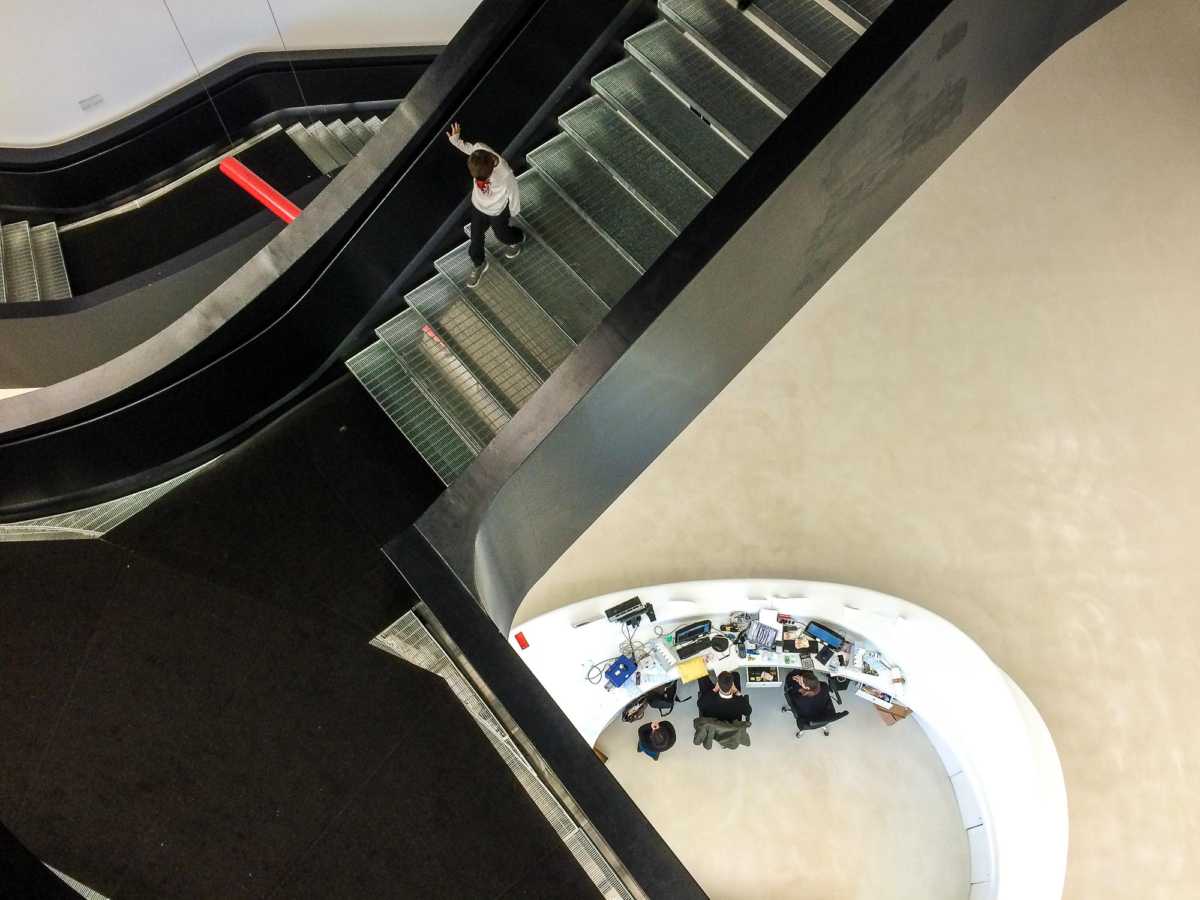
I don’t mind saying that travel has a way of reminding me how little I know. In Rome a few weeks ago (December 2014), we signed up to take our third Context Travel tour. It’s the company with the tagline “Tours for the Culturally Curious.” (That reminds me, too, how much I wish I’d used that tagline for Travel Past 50.)
Context offers over sixty walking tours in Rome. Knowing our penchant for history, and knowing Rome is full of it, we expected Context to provide us with new insights on Old Rome. To our surprise, we instead joined a tour called “Reinventing Rome.” (Update: as of March 2020, this tour is no longer offered.) The tour promised to demonstrate Rome’s architectural presence: “learning from the past, acting in the present, designing for the future.”
Editor's note: Do you want to see Rome from the comfort of home? As a result of the 2020 pandemic, Context Travel has introduced an excellent series of virtual seminars. These live, scholar-led courses even allow time for discussion and questions. Browse the Context Conversations calendar and book your seminar today. When you register, use the discount code tp50 for a 15 percent discount on your first booking. Just pull up a chair and soak up the knowledge, even if you can't travel.
We met our guide, Tom Rankin, in Piazza del Popolo, a patch of Rome we'd never set foot in, for a coffee and a fast intro. Rankin is a U.S. born and educated architect, urban planner, blogger, and director at Tevereterno (a cultural non-profit for the revival of the Tiber River). Right away we learned that this public space is near Rome's northern gate, that Mr. Rankin walks and talks fast, and we better be on our toes to keep up.
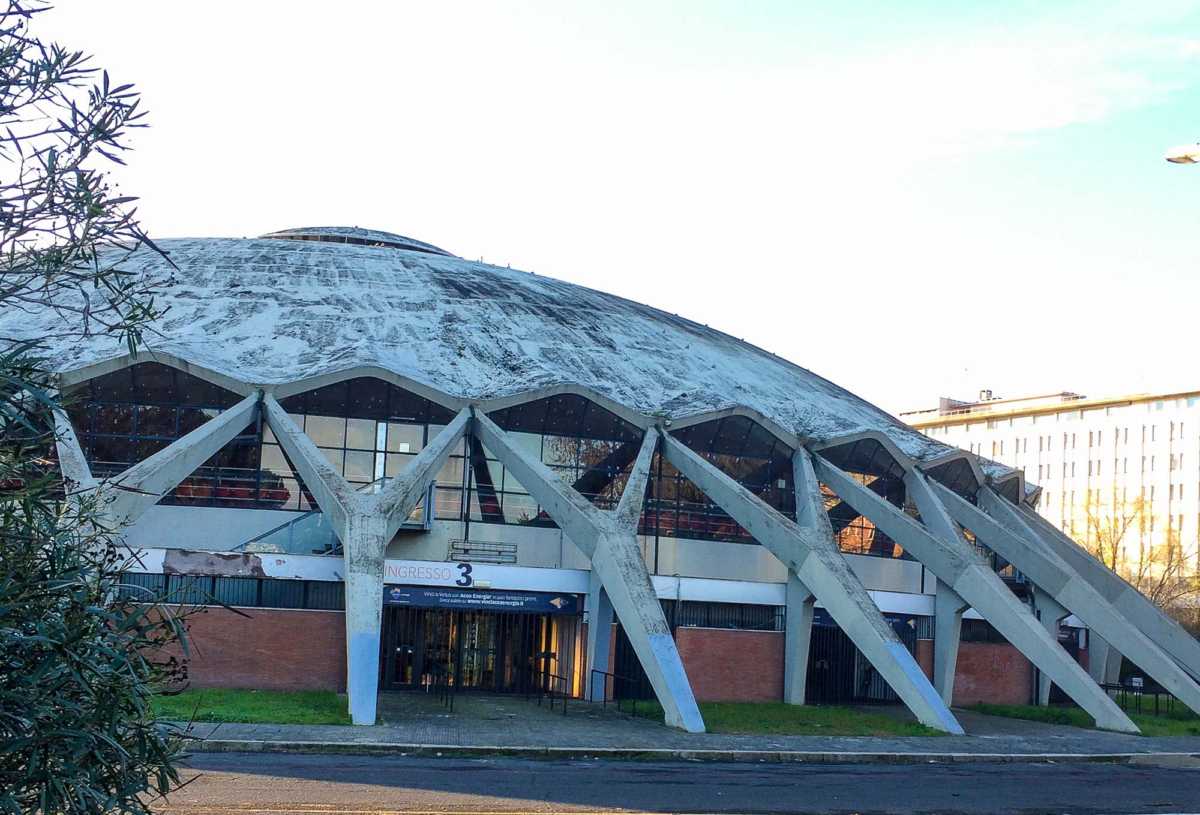
Our first stop was at a small redevelopment of a light industrial area gone into disuse. One building in the group houses an attractive coffee shop, and another holds Explora, a children’s museum. Projects like this, we learned, are addressed through architectural competitions, and many creative ideas are stalled over red tape. A building adjacent to Explora lies empty, demonstrating the lack of a decisive urban planning organization, or maybe of one person willing to say ‘yes.'
We hopped a tram north along Via Flaminia, getting off at the Reni/Apollodoro stop. Here, signs of the 1960 Summer Olympics raise their concrete limbs in that rigid early modernist manner. A small arena braced by concrete looks just like you’d expect it to. Nearby, Olympic housing echos the same style. But these apartments have recently come into favor along with the neighborhood. The area is divided down the middle by the concrete piers of an overhead highway, also built pre-Olympics. It’s not as bad as it sounds, though, if you look at the concrete forms as a design continuum, from the arena to the housing complex to the homeless camps under the bridge.
The Flaminio neighborhood is certainly gaining ground because of the nearby music hall, Auditorium Parco della Musica. It was designed by Renzo Piano and built in the late 1990s. Strolling around the exterior, we discovered it’s really a grouping of three structures. Though massive and clad with dark steel, the three buildings appear light, floating on tiny legs like big beetles, or like spaceships hovering before landing. The music halls are, in fact, connected below ground with common lobby space and guest services.
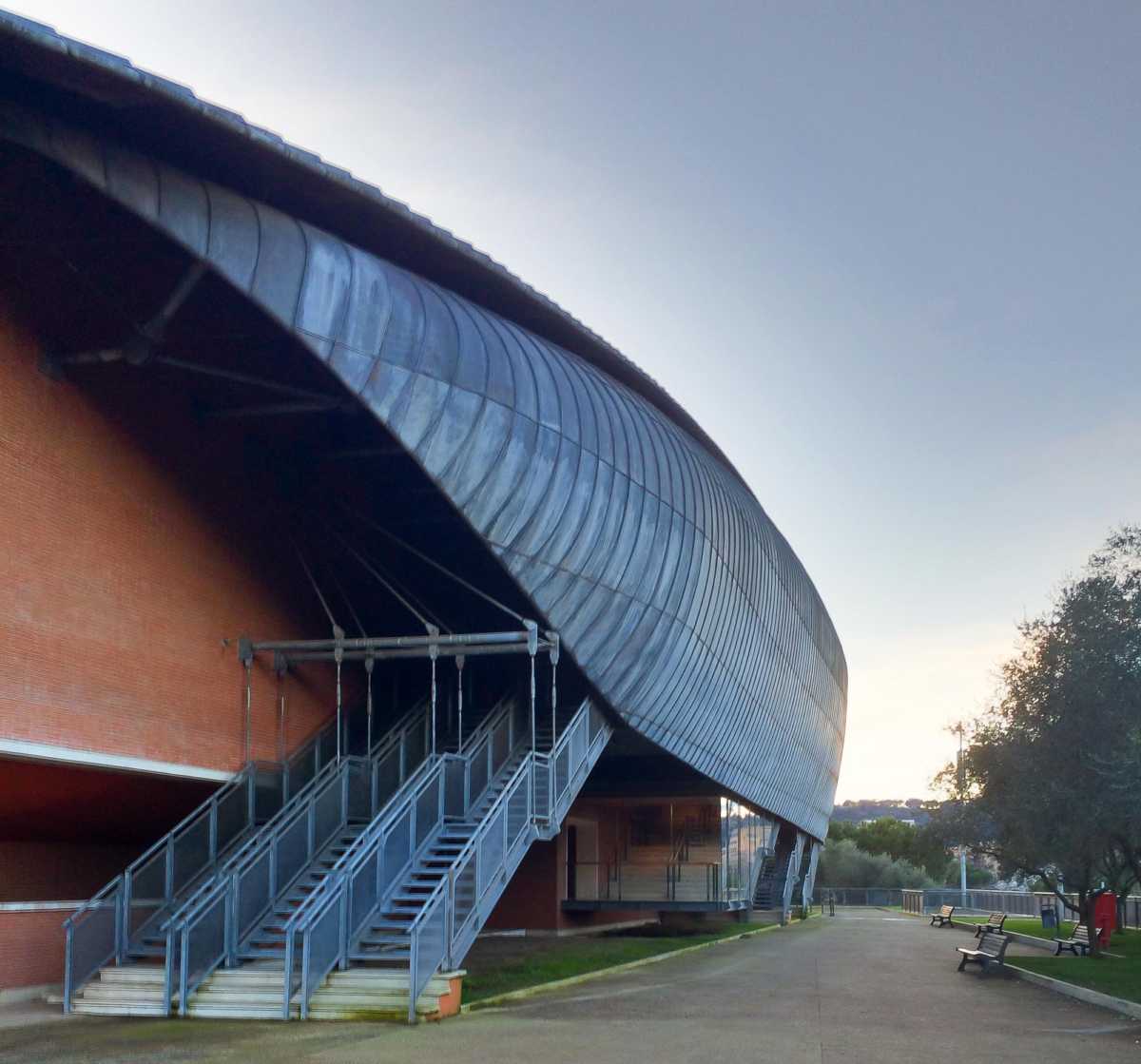
The three halls–with capacity of 2700, 1700, and 700–make this the largest acoustic hall in the world. The independent pods each have double roof skins, metal over wood, to maximize their acoustic integrity. An outdoor amphitheater offers a fourth venue, and while Rankin exclaimed over some of the concerts he’s heard there (Patti Smith!), we watched kids skating on the winter ice rink. The amphitheater space looks infinitely adaptable for any season and activity. The only thing our visit lacked was music.
But still, this futuristic and flexible building is built on Ancient Rome. Ruins discovered during construction were excavated and incorporated, in a wonderful nod to the continuum of life in this spot. Displays of select artifacts are exhibited on suspended shelves, floating in a bright room overlooking the old foundation walls.
As we walked from the Auditorium to the MAXXI art museum, we talked about some of those intervening years and their impact on Rome’s architectural learning curve. Specifically, world wars and fascism paved their way through Rome. We passed a site earmarked for yet another design competition to build a science museum. We saw a typical (for Rome) face-off of two buildings from the same time period, but representing distinct political thought. A 1928 Romanesque structure reflects the Fascist thinking of its time, while the 1932 modernist building across the street shows the growing modernist tendencies of the 20th Century.
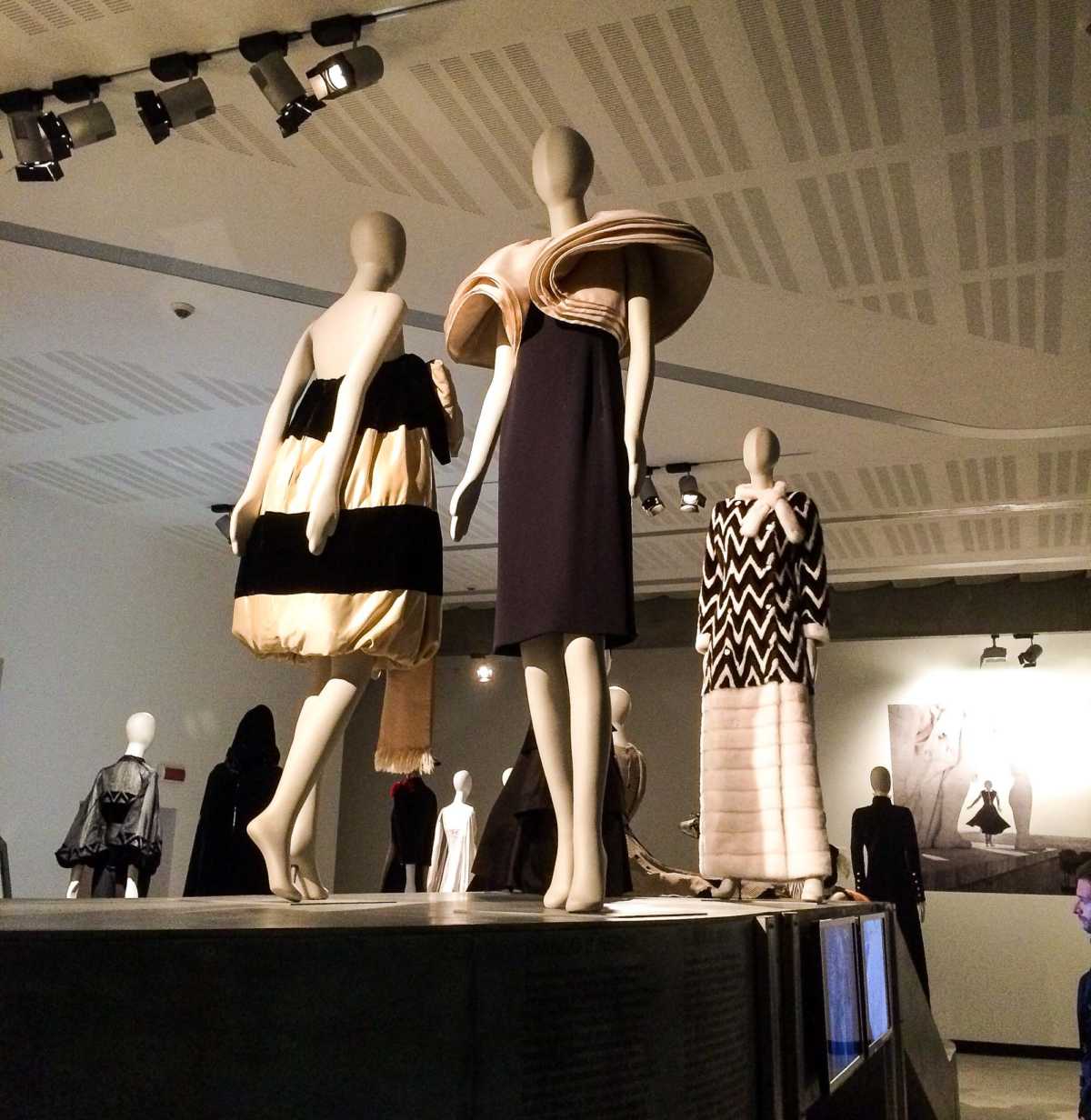
The MAXXI (National Museum of XXI Century Arts) in an area of former military barracks, was completed in 2010. The winning architect, Zaha Hadid, designed what’s described as a “multi-disciplinary and multi-purpose campus of the visual arts.” She was not humble in her design. The new building looms over the central courtyard. Extant barrack buildings remain across the courtyard, as if to underscore the new achievement. It’s a fascinating if not uncomfortable experience wandering through MAXXI, as it appears to be designed to upstage the art itself. So it’s not certain if it will stand the test of time. (Will they change the name in the 22nd Century?) But peering at the curves, bridges, wells, cantilevered windows, and building-block balconies is not too different from viewing layers of ruins beneath the streets of Rome. The building is the chief art installation.
We finished up our tour with walk out onto the Calatrava-inspired pedestrian bridge, Ponte della Musica, spanning the Tiber. It’s back to the future we know: a modern feel, an elegant single support, and generous use of concrete and steel. The whole idea of the bridge–to connect the arts district we’d just visited with the recreation area across the river–has yet to be realized. Part of the delay, as Rankin pointed out, has to do with the very basics of urban planning. Who knows when pedestrians will be given their due; we risked our lives dashing across a busy street, with no nearby pedestrian crossings, to get to the pedestrian bridge.
And so things go when building Rome. Two steps forward, and about that many back again.
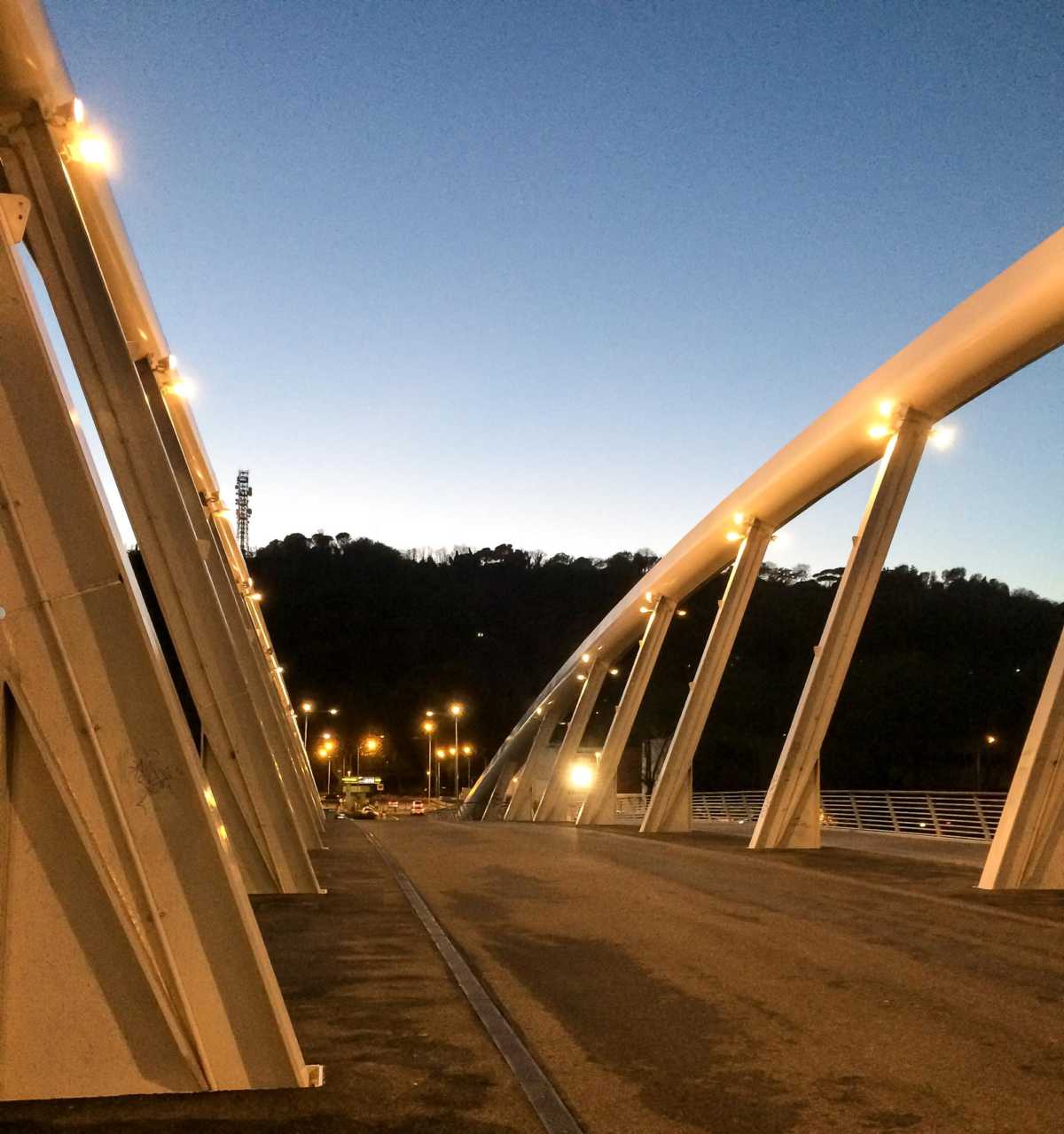
This area of Rome is one of the 28 Things To See and Do in Rome. Click the link to see the rest.
We have done more than a dozen Context Travel tours on four continents and have always found them excellent, informative, and enjoyable. You can see our other stories on our Context Travel tours in Buenos Aires, Paris, Berlin, Shanghai, Beijing, Hong Kong, Montreal twice, Budapest twice, Rome twice, Arles, Florence, and Venice by clicking on the links.
If you are thinking a Context Travel tour is for you, click here, and see if they have a guided tour available in the city you are visiting.
The MAXXI Museum is one of our 28 recommended things to do in Rome.
Up Your Travel Skills
Looking to book your next trip? Use these resources that are tried and tested by us. First, to get our best travel tips, sign up for our email newsletter. Then, be sure to start your reading with our Resources Page where we highlight all the great travel companies and products that we trust. Travel Accessories: Check out our list of all the accessories we carry to make getting there and being there a lot easier. Credit Cards: See our detailed post on how to choose the right travel rewards credit card for you. Flights: Start finding the very best flight deals by subscribing to Thrifty Traveler. Book your Hotel: Find the best prices on hotels with Booking.com. Travel insurance: We recommend the annual plan with Allianz Travel Insurance. See all of the gear and books we like in one place on our Amazon shop.Got a comment on this post? Join the conversation on Facebook, Instagram, or Threads and share your thoughts!

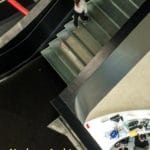

Comments are closed.